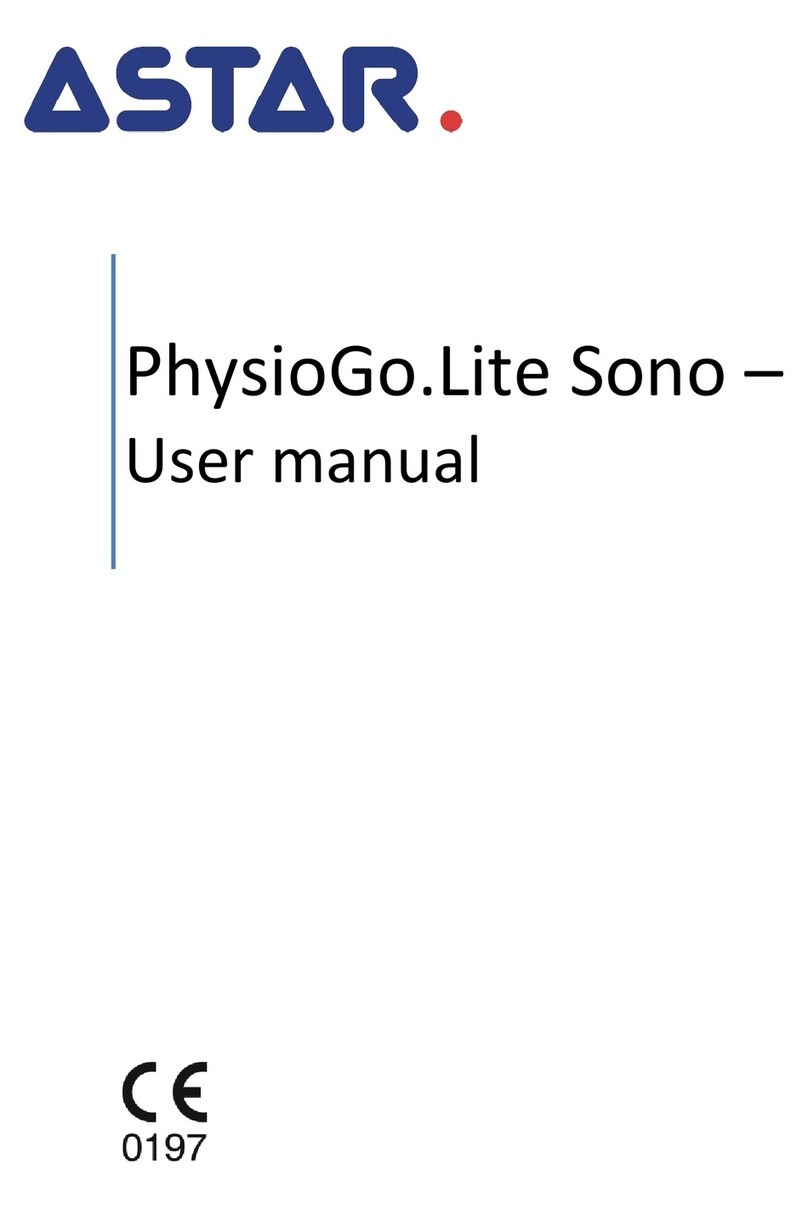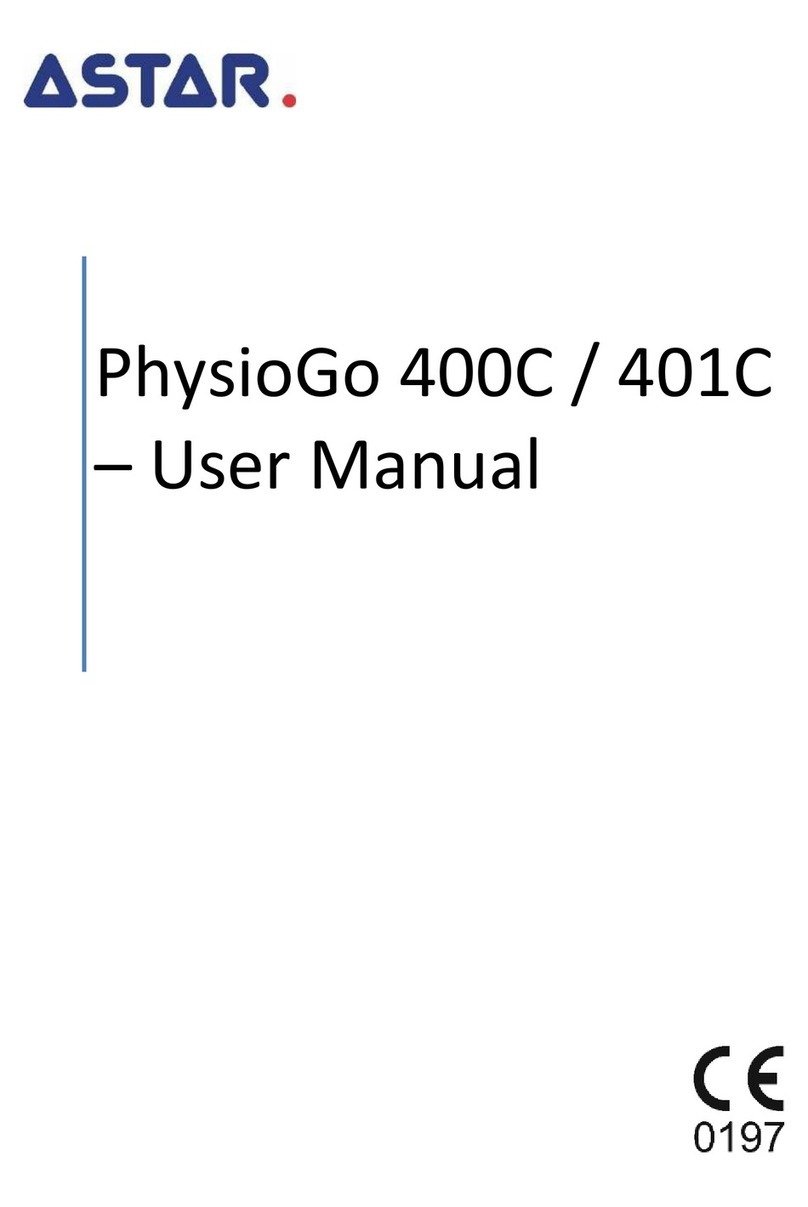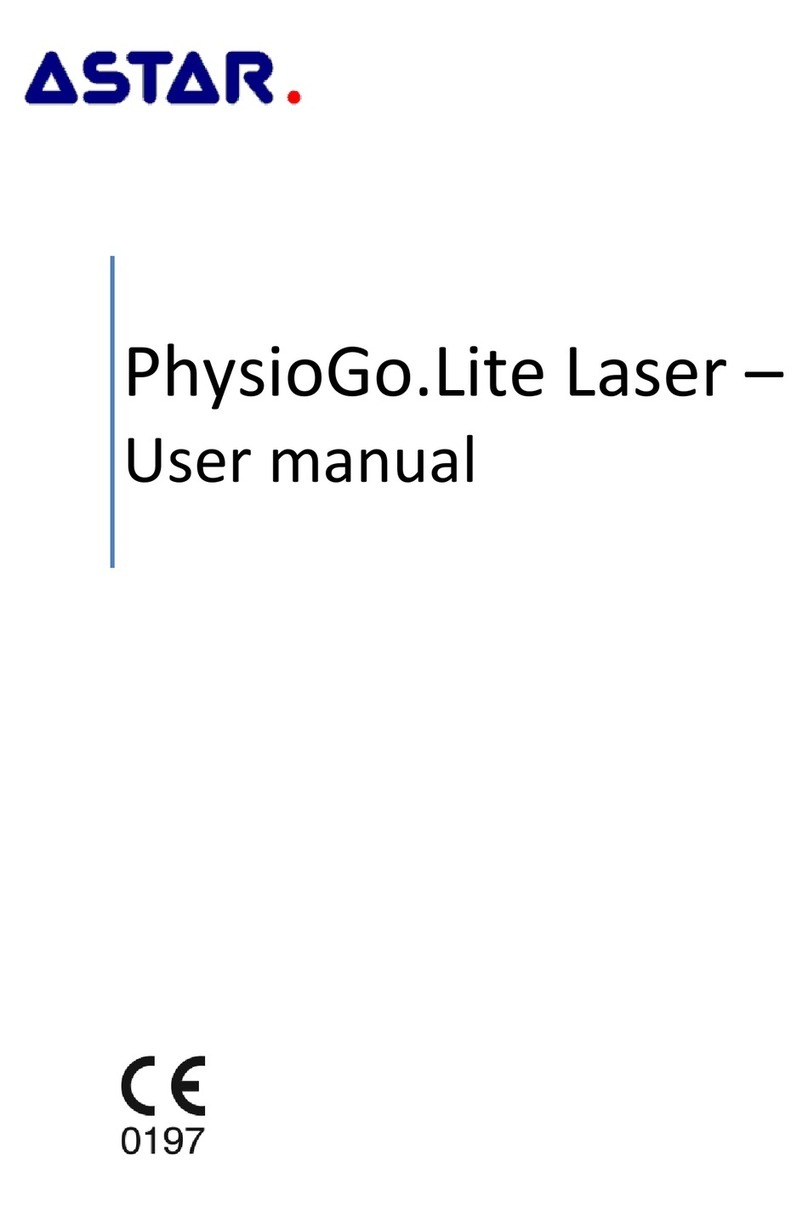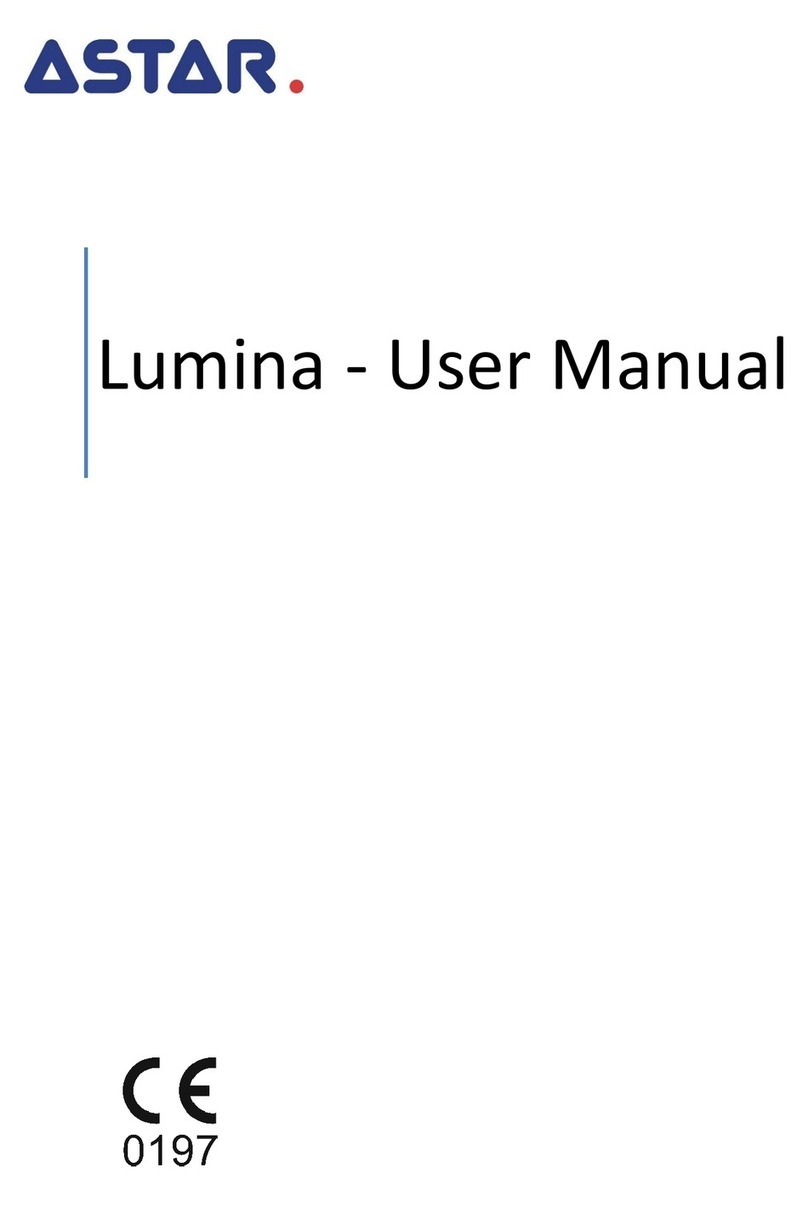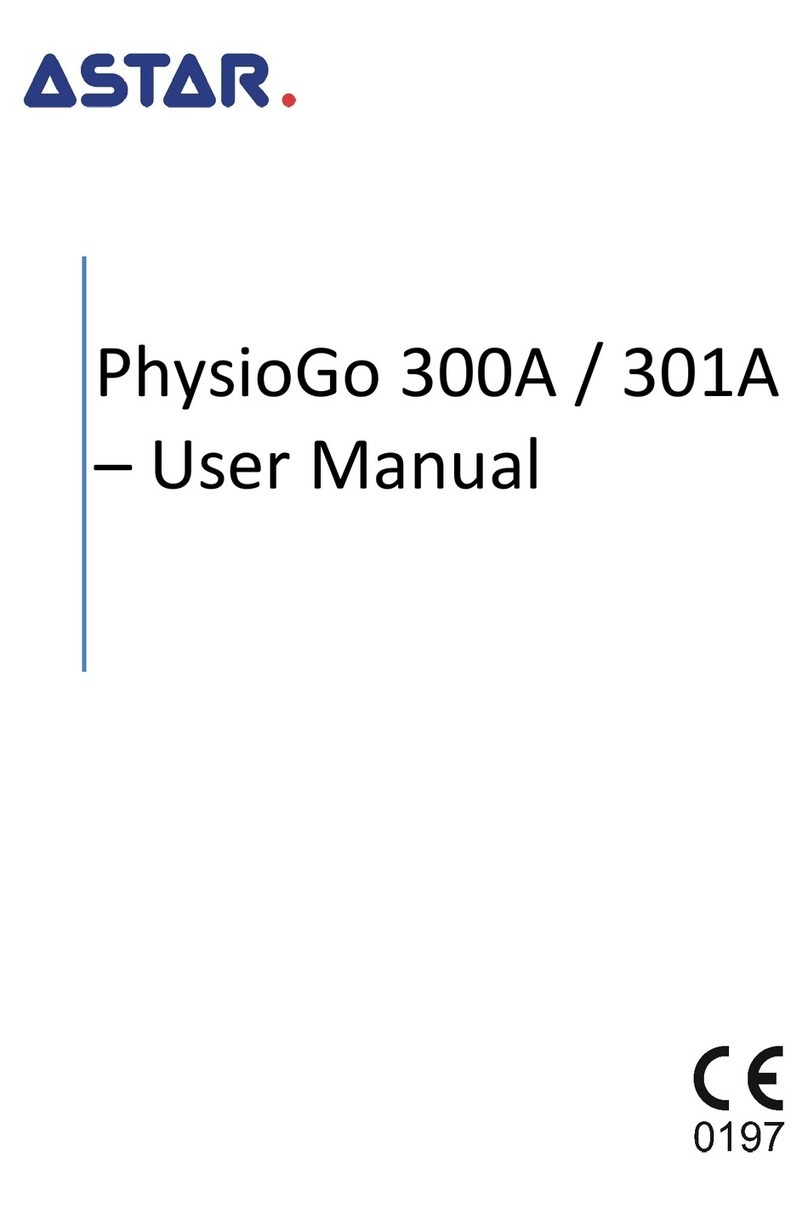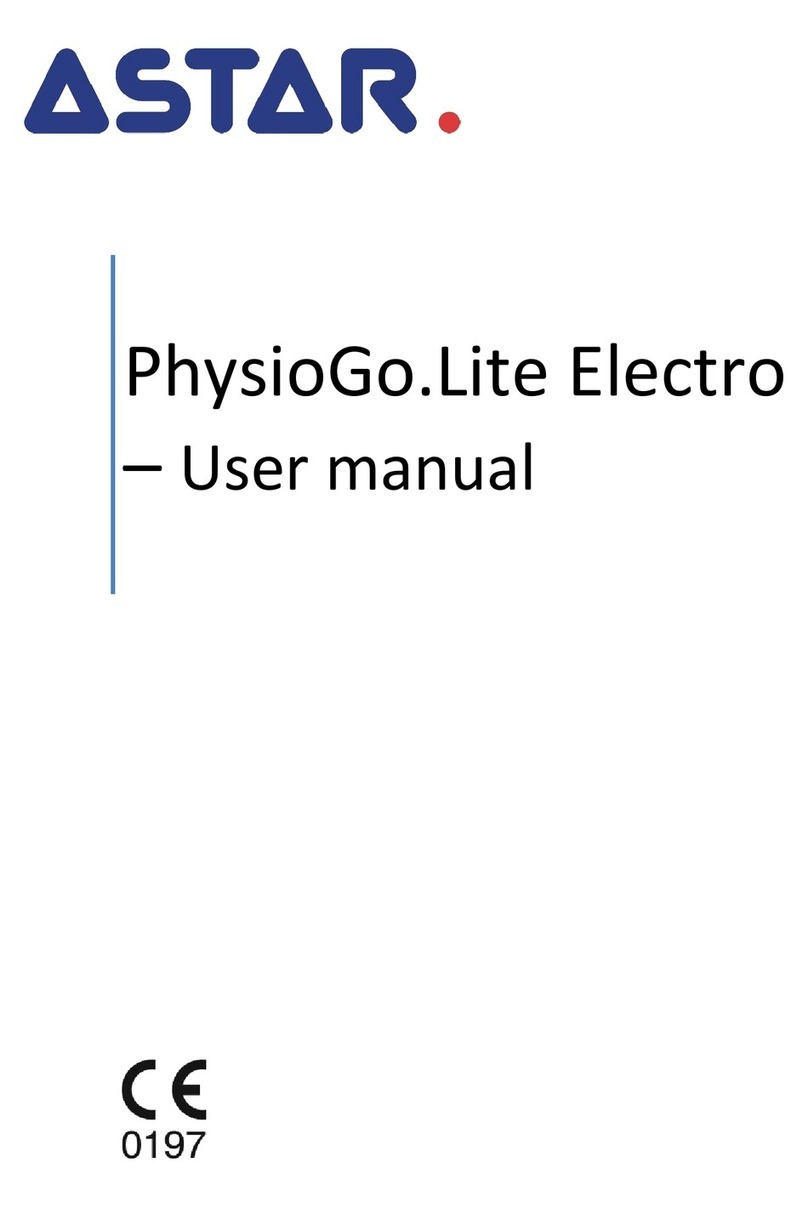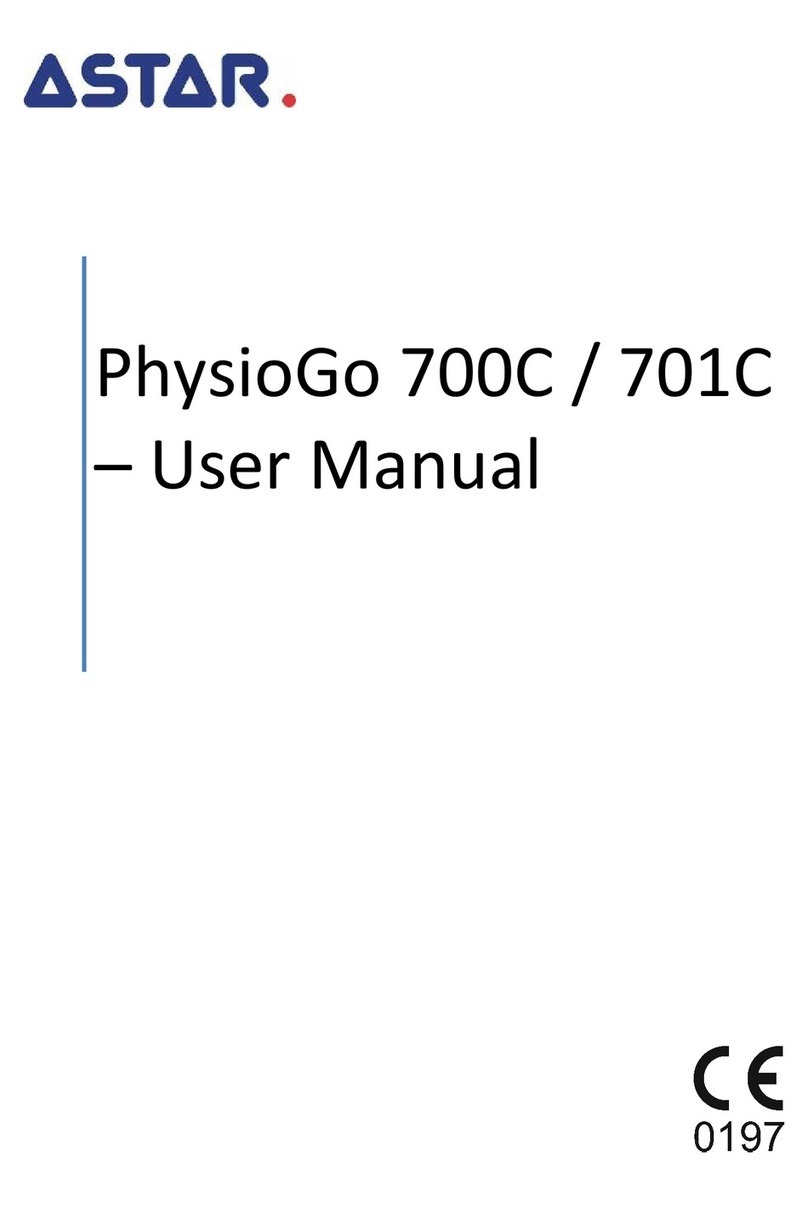
1. Basic information and contents
Page 3 / 58 Issue date 02.09.2019, release 10.0
Contents
1. INTRODUCTION .......................................................................................................................................................5
1.1 MANUFACTURER ............................................................................................................................................................. 5
1.2 RISK MANAGEMENT PROCESS .............................................................................................................................................. 5
2. INTENDED USE .........................................................................................................................................................6
2.1 INTENDED USERS .............................................................................................................................................................. 6
2.2 USER TRAINING ............................................................................................................................................................... 7
3. WARRANTY AND MANUFACTURER'S RESPONSIBILITY..............................................................................................8
4. OPERATIONAL SAFETY .............................................................................................................................................9
4.1 MAINS SUPPLY AND OPERATION MODE.................................................................................................................................. 9
4.2 STORAGE,OPERATION AND TRANSPORT CONDITIONS ................................................................................................................ 9
4.3 WARNINGS AND SAFETY NOTES ........................................................................................................................................ 9
4.4 APPLIED PARTS AND WORKING TEMPERATURE ....................................................................................................................... 12
4.5 EXPLOSION PROOF ENVIRONMENT...................................................................................................................................... 12
4.6 ELECTROMAGNETIC ENVIRONMENT .................................................................................................................................... 12
4.7 OPERATION OF TOUCH-SENSITIVE DISPLAYS .......................................................................................................................... 13
4.8 TECHNICAL SUPERVISION.................................................................................................................................................. 13
4.9 DISPOSAL ..................................................................................................................................................................... 14
5. UNIT DESCRIPTION ................................................................................................................................................15
5.1 GENERAL CHARACTERISTICS .............................................................................................................................................. 15
5.2 KEYBOARD.................................................................................................................................................................... 16
5.3 MAGNETIC FIELD APPLICATORS .......................................................................................................................................... 17
5.4 NAME PLATES ............................................................................................................................................................... 19
6. DEVICE INSTALLATION AND START-UP ...................................................................................................................20
6.1 INSTALLATION ............................................................................................................................................................... 20
6.1.1 Connection of magnetic field applicators....................................................................................................... 20
6.1.2 First operation................................................................................................................................................ 22
6.2 SETUP MODE................................................................................................................................................................. 22
6.2.1 Basic information ........................................................................................................................................... 22
6.2.2 Language ....................................................................................................................................................... 22
6.2.3 Global settings ............................................................................................................................................... 23
6.2.4 Functional settings......................................................................................................................................... 23
6.2.5 Service ............................................................................................................................................................ 24
6.2.6 Statistics......................................................................................................................................................... 25
6.3 TRANSPORT POSITION ..................................................................................................................................................... 25
6.3.1 Couch ............................................................................................................................................................. 25
6.3.2 The stand with CP applicator ......................................................................................................................... 25
6.3.3 Trolley for applicators .................................................................................................................................... 25
7. UNIT OPERATION...................................................................................................................................................27
7.1 PATIENT PREPARATION AND TREATMENT PERFORMANCE ......................................................................................................... 27
7.1.1 General information....................................................................................................................................... 27
7.1.2 Magnetotherapy ............................................................................................................................................ 27
7.2 SCREEN CONFIGURATION ................................................................................................................................................. 28
7.3 GENERAL CONFIGURATION ............................................................................................................................................... 29
7.3.1 Treatment channel configuration – for two-channel models......................................................................... 29
7.3.2 Channel selection tabs ................................................................................................................................... 29
7.4 DISPLAY DESCRIPTION ..................................................................................................................................................... 30
7.5 DUAL MODE ................................................................................................................................................................. 31
7.6 APPLICATION OF MAGNETIC FIELD ...................................................................................................................................... 32
7.7 OPERATION WITH PRESET TREATMENT PROGRAMS ................................................................................................................. 33
7.8 FAVORITE PROGRAMS ..................................................................................................................................................... 35
7.9 MANUAL MODE OPERATION ............................................................................................................................................. 35
7.10 USER PROGRAMS ...................................................................................................................................................... 35
7.11 USER SEQUENCES...................................................................................................................................................... 37
7.12 SAFE SHUTDOWN PROCEDURE...................................................................................................................................... 39
8. DEFINITIONS AND PARAMETERS ............................................................................................................................40
8.1 GENERAL INFORMATION .................................................................................................................................................. 40
8.2 TREATMENT PARAMETERS ................................................................................................................................................ 40
8.2.1 The mode of magnetic field generation ......................................................................................................... 42
8.2.2 Spectrum........................................................................................................................................................ 43
